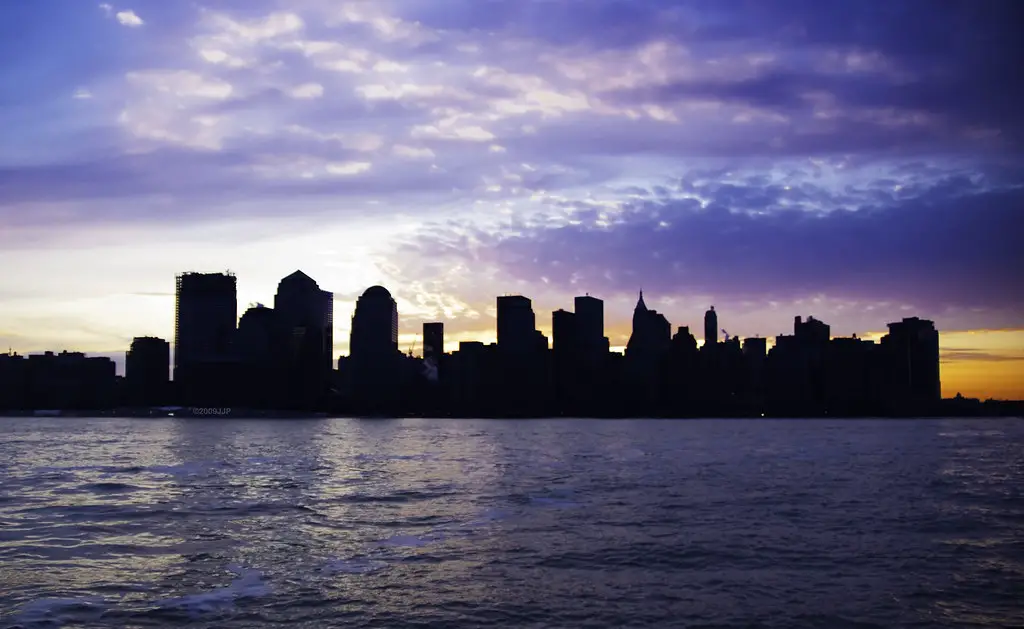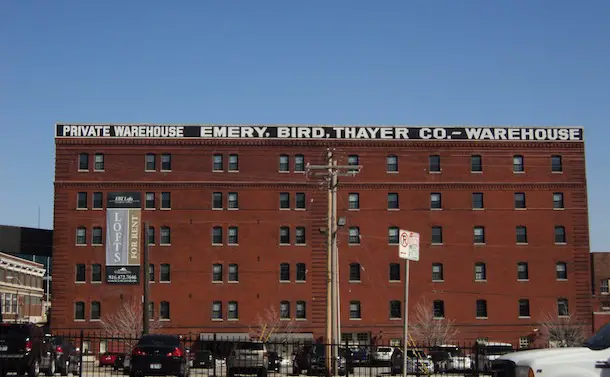Are you your city? Not the usual question one might ask, but in a way, we are all part of our cities, for without citizens, they would not be what they are. The identity of a city bears on the identity of its citizens, and vice versa. The urban environment that makes up cities reflects human needs and values. If you think of three big cities like New York, Tokyo and Amsterdam, the citizens who live there will say that their city is nothing like the others. This is also reflected in the individual: the identity of somebody living in New York is different from somebody living in Tokyo or Stockholm. When we choose to live in cities, it is not for their resources or urban ‘buzz’, it is because we fundamentally identify with them.
We come to love cities because we identify with them, beyond a point of convenience and the fact that cities house everything one might need. People often say “oh I didn’t like that city very much, I didn’t get a good vibe” – the vibe they are talking about is the spirit of the city – and every city’s spirit is different. So when we truly identify with a city, we often decide to spend our entire lives living there. We become part of it, and although seemingly like a cog in the wheel, every single person who lives in a city is contributing to its identity. In a way, cities are just like people. Just like every cell and water molecule makes up who we are as humans, every aspect – building, person, park, lake – of a city makes it what it is. It takes a great deal of time and effort for a person to change their identity, and this applies to cities too.
So how can a city keep the same identity if it is undergoing change?
As the world rapidly urbanizes (more than two thirds of us will live in cities by 2050), exciting changes and innovations will naturally evolve and influence our lives. But with this comes a price. More and more cities around the world are in a phase where they are forced to completely re-think their impact on the world, especially when it comes to energy consumption and factors that negatively impact the environment. Solutions to this (such as sustainable development in all shapes and forms) have the potential to drastically change cities, but hopefully for the better. Cities are front and centre in the climate change debate, accounting for 75 per cent of the world’s energy consumption and greenhouse gas emissions. To tackle this impact, governments are increasingly applying legislative measures to reign in carbon emissions and meet internationally-agreed targets, while at the same time committing significant investment towards infrastructure projects that stimulate growth and drive a sustainable global economy. But for the citizen, what does this actually mean? What solutions can we expect and how will they impact or influence what we love about our cities?
To retain both private and corporate citizens, cities must maintain safety and security, either through tackling and preventing criminal activity, or by providing safer streets for motorists and pedestrians alike. One area where Philips is a world-leader is innovative sustainable lighting. Poorly or inappropriately installed lighting can decrease safety, and more than 80 per cent of people feel safer with bright, white light than with poor quality yellow light. There are also financial benefits to well-designed lighting. Cities can benefit financially and socially through reduced crime while recouping the investment in improving street lighting between two-and-a-half and ten times after just one year. Innovative lighting is one of many potential solutions for cities to become more sustainable without losing their identity. After all, well-lit cities are livable and lovable cities, a testament to how lighting truly contributes to a city’s identity.
For all the cities I’ve been to, I cannot imagine a single one existing as they do without outdoor lighting. Icons like the Eiffel Tower, Times Square and Big Ben simply would not have their charm without being lit at night for the world to enjoy – and it is icons such as these that brand our cities. We associate certain feelings and thoughts with cities when we see these icons just as we associate certain feelings and thoughts when we see our favourite soda brand. Lighting icons, streets and cities in general contributes to a city’s branding and, ultimately, identity.
So what role does the citizen play in shaping a city’s identity, and vice versa? How can lighting help brand or re-brand cities whilst providing economic and environmental benefits? Are the identities of cities under threat as a result of urbanization and globalization? And, most importantly, what does all this mean for us, the citizens?
Harry Verhaar is Head of Sustainability at Philips
Photo: Le Yeti


